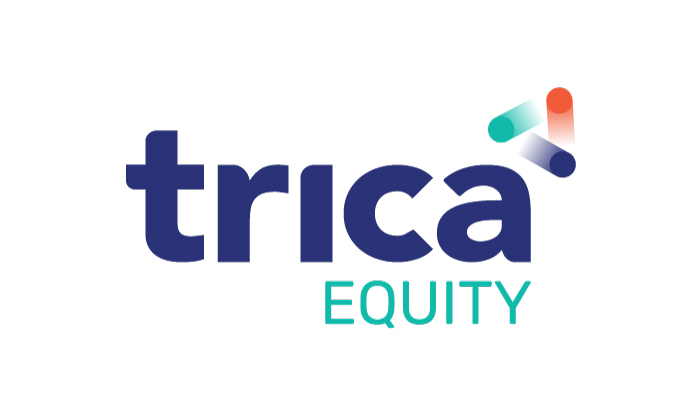
What Are the Dynamics of Employee Stock Options in a Company’s IPO?
A startup’s decision to go for an Initial Public Offering (IPO) indicates that it is now ready to face the stock market’s litmus test- a valuation of its fundamentals and prospects by seasoned investors and market analysts.
Often, IPOs become windfall events for the startups’ initial stakeholders, especially their employees with stock options. The impact of a company’s public offering on employee stock options is determined by the type of equity option and its status (vested/unvested or exercised/non-exercised). Startups that plan to go public should be aware of how their IPO affects their stock options.
The effect of IPOs on stock options
Stock options are promises to employees on the benefits of the company’s future growth in exchange for a prolonged commitment to the firm. The advantages for employees become more pronounced during IPOs, and public offerings affect stock options’ fundamental characteristics of value, liquidity, and tax provisions.
The Securities Exchange Board of India’s (SEBI) Issue of Capital and Disclosure Requirements (ICDR) Regulations 2018 primarily governs IPOs in India. The management of employee stock option schemes of both listed and unlisted companies is regulated by The Companies Act 2013 and Companies Rules 2014. Listed companies must also comply with SEBI’s Share Based Employee Benefits and Sweat Equity (SBEBSE) Regulations, 2021. These rules dictate all correlations between a company’s IPO and stock options.
To gain a better understanding, let us observe the administration of employee stock options before and after a firm’s listing.
Stock option governance in unlisted companies
Companies must strictly adhere to the applicable regulations to successfully implement stock option schemes, which necessitates careful consideration of the following activities.
1. Sanction procedure
Private companies and unlisted public companies need the approval of existing shareholders to administer employee stock option schemes, and private company shareholders approve the plan by passing an ordinary resolution. Unlisted public companies, on the other hand, need shareholders to pass special resolutions for stock option scheme approvals.
2. Maintenance of records
Firms executing stock option schemes must maintain a Register of Employee Stock Options in Form No.SH-6 and record the details such as options granted, vested, exercised, lapsed, strike price, etc.
3. Stock valuation
Unlisted companies must have their shares valued both at the time of option grant and at the time of exercise. The tax implications of the stock options are computed based on the Fair Market Value (FMV) of the equity, thus arrived at by a registered valuer (for example, a third-party valuation firm).
4. Tax assessment
Employee stock options are taxed at two stages. First: when the shares are allotted upon exercise of options, it is considered a bonus, and the employer deducts applicable TDS. The second scenario happens when the employee sells his allotted shares. Then, the difference between the sales price and the FMV is considered a capital gain. Depending upon the period of holding, short-term or long-term capital gain tax rates are applicable.
On the other hand, discounts on Employee Stock Ownership Plans (ESOPs) are considered employee costs, and firms that issue stock options can claim them as tax deductions.
5. Liquidation options
For unlisted firms, the equity is held privately, and the shareholders can encash their stocks or liquidate their stake through-
(1) A buyback offer from the company
(2) An IPO
Management of stock options after IPOs
IPOs bring opportunity and risk for employees who own shares of the firm. If the IPOs are successful, the employees can profit from the increase in the value of their shares.
Conversely, if the public listing fails, it will be detrimental to the shareholders as the market price of the shares will fall significantly below the issue price. However, after the listing of shares, some fundamental aspects of stock options change.
The following are a few instances:
1. SEBI regulations guide the issue of employee stock options
Post listing on the stock exchanges, the firms’ stock option issues must adhere to SEBI Regulations. After the IPO, the shareholders must ratify stock option schemes formulated before the initial public offering. The ratification must be obtained before granting new options/shares under pre-IPO schemes.
Firms must review and amend their option plans to comply with prevalent SEBI norms.
2. List existing stakeholders in the red herring document
Prior to the IPO, the company must file a Red herring prospectus with the SEBI, which will include all the relevant information about the company. In this document, the company must list all employees who own company stock as shareholders after exercising their options. The company must also list on the exchange(s) those shares arising out of options exercised after the IPO but belonging to an ESOP scheme before the public offering.
3. Valuation of equity
The firm’s stock will be traded on the stock exchange once it is listed. The value of the share is then determined by the stock market daily and is subject to market fluctuations. The value of public stocks is readily available and transparent.
4. Tax implications
For listed company shares, tax is applied based on the holding period. If the employee sells the allotted shares after holding for more than 12 months, it is considered a long-term capital gain and is taxed at 10% on the gains. Short-term capital gain rates of 15% apply to holding periods of less than 12 months.
5. Liquidity conveniences
Stock exchanges provide huge, exclusive markets for trading shares. As a result, the liquidity and marketability of exercised stocks increase upon listing on the stock exchange.
Closing note
Stock option schemes must continue post-IPO to create value for the key contributors and a meaningful legacy for the firm. Stock options management is a highly nuanced activity that requires agile administration tools. Because of this, trica presents an open-source ESOP policy and free templates for successfully managing your ESOP schemes. Our ESOP management tool is entirely paperless and highly customisable to serve all your dynamic needs.
Sign up today for a free demo.
ESOP & CAP Table
Management simplified
Get started for free





